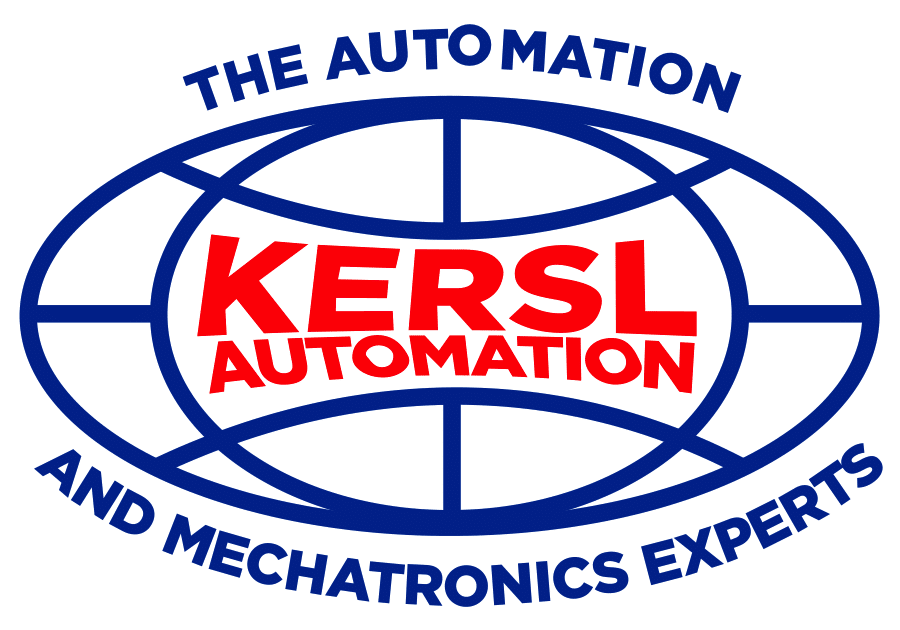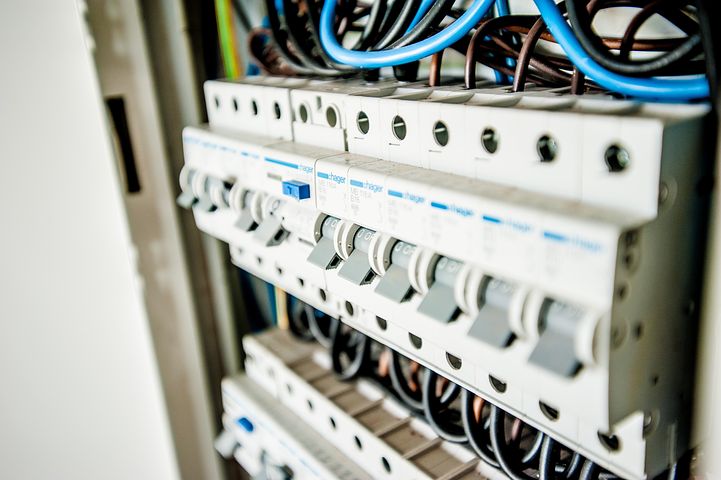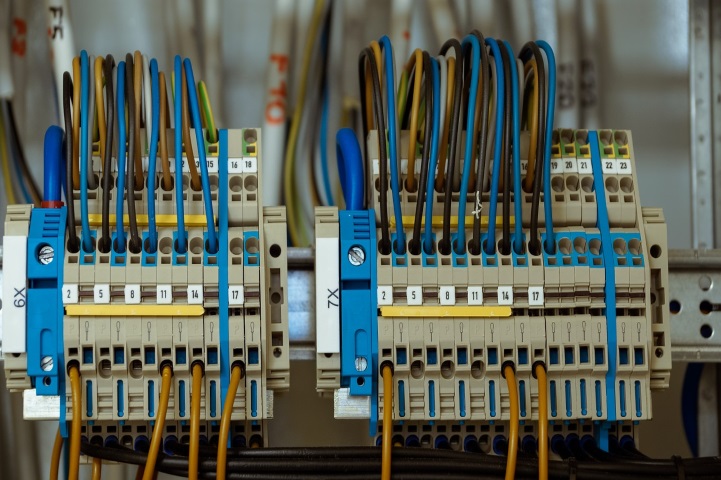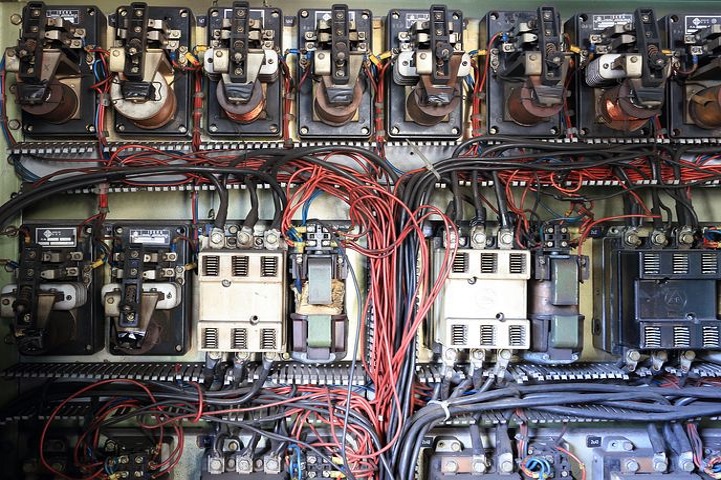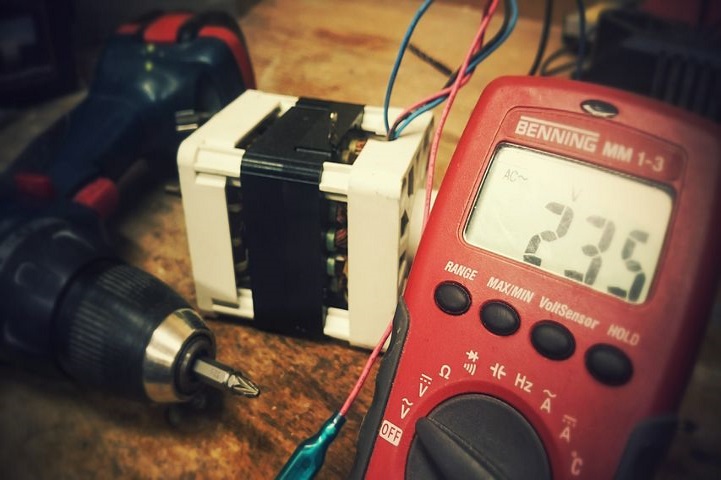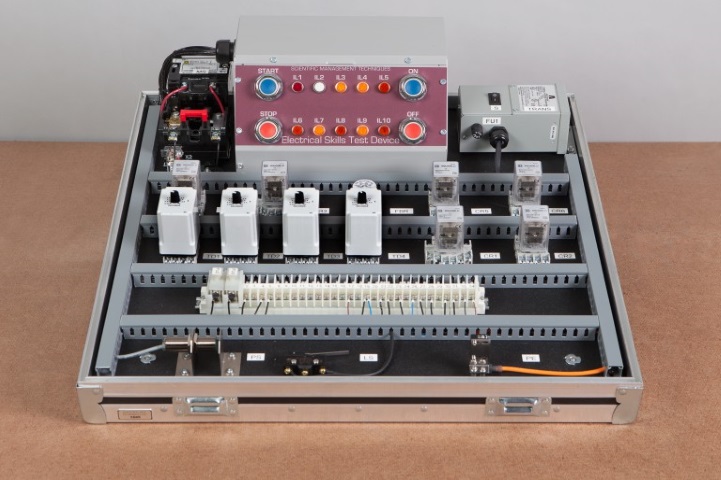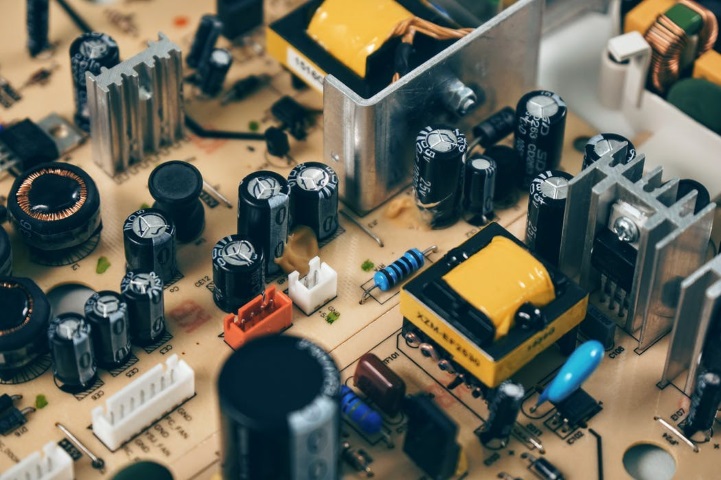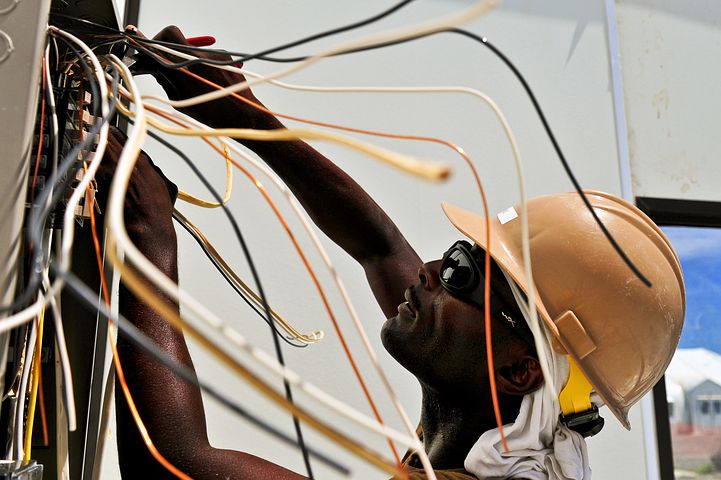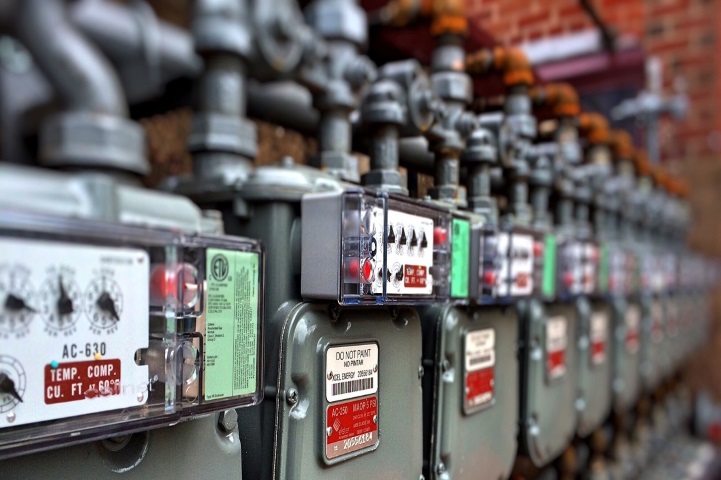Industrial Electricity I
Industrial Electricity I (Applied Electricity and Magnetism)
COURSE CODE: KCIEL1-02
Credit Value: 2.0
Learning Outcomes:
On completion of this course the student will be able to:
- Demonstrate an understanding of electric current, electric potential and simple DC battery circuits.
- Demonstrate an understanding of the principles of magnetism, electromagnetic induction, and application of these principles to the design of basic DC motors.
- Demonstrate an understanding of basic DC networks and components (resistors, switches, relays, generators, motors) and how they operate in electrical circuits.
- Demonstrate an understanding of basic single-phase AC networks and components (resistors, inductors, capacitors, transformers) and how they operate in electrical circuits.
Demonstrate an understanding of electric current, electric potential and simple DC battery circuits.
Objectives:
- Demonstrate an understanding that all matter consists of a nucleus of proton and neutrons, and outer shells of electrons.
- Demonstrate an understanding of the nature of electricity:
- The electron as a charge-carrying entity and the coulomb as a unit of charge.
- Static electricity as charges separated by some distance.
- Electric current as a flow charge (electrons), with “amp” as the unit.
- Electric potential as the amount of work needed to move a unit positive charge from a reference point to a specific point, with “volt” as the unit.
- Simple DC battery circuits (e.g., components of a flash light). Introduction of the “resistor” as a component that impedes the flow of current.
Demonstrate an understanding of the principles of magnetism, electromagnetic induction, and application of these principles to the design of basic DC motors.
Objectives:
- Demonstrate an understanding of magnetism and magnetic poles:
- An understanding that the spinning of the electrons around the nucleus of an atom creates a tiny magnetic field.
- An understanding that most objects are not magnetic because their electrons spin in different, random directions, and cancel out each other.
- An understanding that magnets are different; the molecules in magnets are arranged so that their electrons spin in the same direction. This arrangement of atoms creates two poles in a magnet, a North-seeking pole and a South-seeking pole.
- Understand magnetic lines of force and magnetic field around a bar magnet (experiments with iron filings)
- Understand electromagnetic induction and the fact that a magnet can be produced with an electromagnet (a current-carrying wire wound around an iron core). Experiments with a bar magnet and an electromagnet. Experiments with an electric bell.
2.Demonstrate an understanding of electric motor basics:
- Understand torque (Force x Distance) and power (voltage x current)
- Understand the law of electromagnetic induction; explain the fact that a current through a magnetic field experiences a force at right angles to both the field and the current.
- Understand magnetic circuit principles (magnetic flux, magnetic flux density, magnetic flux intensity)
- Understand how the DC motor works; understand commutation
- Understand and compare the two large classes of DC motors: (1) integral horsepower types having power ratings of 1 horsepower or more, and (2) fractional horsepower types, with horsepower ratings of less than 1 horsepower.
Demonstrate an understanding of basic DC networks and components (resistors, switches, relays, generators, motors) and how they operate in electrical circuits.
Objectives:
- Understand resistor color codes and how to analyze DC networks (Ohm’s law, Kirchhoff’s law, maximum power transfer)
- Understand how capacitors and inductors behave in DC networks under transient and steady state conditions
- Understand operation of different types of switches (e.g., push button, double-pole-double-throw) and relays and how they provide simple ON/OFF control of DC circuits.
- Understand operation of DC motors and generators.
Demonstrate an understanding of basic single phase AC networks and components (resistors, inductors, capacitors, transformers) and how they operate in electrical circuits.
Performance Criteria:
- Understand single phase AC circuits and be able to analyze simple AC circuits with resistors, inductors and capacitors.
- Understand maximum power transfer in AC circuits.
- Understand the operation of transformers and know the different types of transformers (e.g., voltage transformers, auto transformers).
- Understand the operation of three-phase circuits.
